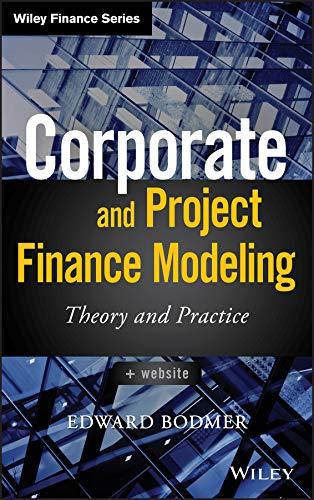(3) ABC Enterprises is currently a no-growth firm with a policy to pay 100% of its earnings on dividends. The most recent eamings per share was $6. The firm's common stock is selling at a market value of $50 per share. Management is considering investment opportunities that will convert the firm into a growing firm. The management is evaluating two alternative strategies, A and B. Strategy A requires 60% retention of the firm's earnings for 10 years, 40% retention for another 5 years, after which the firm is expected to grow at a steady rate indefinitely. This last stage will have 80% dividend payout ratio. Growth rate is expected to be 18% during the first 10 years, 8% during the following 5 years and 3% thereafter. Investors are expected to perceive this strategy to be 25% riskier than the no-growth situation and in general the market demands a risk free rate of 4%. Strategy B requires 80% retention of the firm's earnings for 15 years and 25% thereafter indefinitely. Growth rate is expected to be 20% for the first 15 years and 4% thereafter. This strategy is expected to make the firm's stock 50% riskier than the no-growth situation and the risk free rate is expected to stay constant at 4% level indefinitely. Which strategy will you advice the firm's management to take in order to make shareholders. better off? Show calculations to support your answer. (Answer: Strategy A leads to a higher expected stock price. Strategy A expected stock price is $99.25 and strategy B expected stock price is $88.71 ) (3) ABC Enterprises is currently a no-growth firm with a policy to pay 100% of its earnings on dividends. The most recent eamings per share was $6. The firm's common stock is selling at a market value of $50 per share. Management is considering investment opportunities that will convert the firm into a growing firm. The management is evaluating two alternative strategies, A and B. Strategy A requires 60% retention of the firm's earnings for 10 years, 40% retention for another 5 years, after which the firm is expected to grow at a steady rate indefinitely. This last stage will have 80% dividend payout ratio. Growth rate is expected to be 18% during the first 10 years, 8% during the following 5 years and 3% thereafter. Investors are expected to perceive this strategy to be 25% riskier than the no-growth situation and in general the market demands a risk free rate of 4%. Strategy B requires 80% retention of the firm's earnings for 15 years and 25% thereafter indefinitely. Growth rate is expected to be 20% for the first 15 years and 4% thereafter. This strategy is expected to make the firm's stock 50% riskier than the no-growth situation and the risk free rate is expected to stay constant at 4% level indefinitely. Which strategy will you advice the firm's management to take in order to make shareholders. better off? Show calculations to support your answer. (Answer: Strategy A leads to a higher expected stock price. Strategy A expected stock price is $99.25 and strategy B expected stock price is $88.71 )







